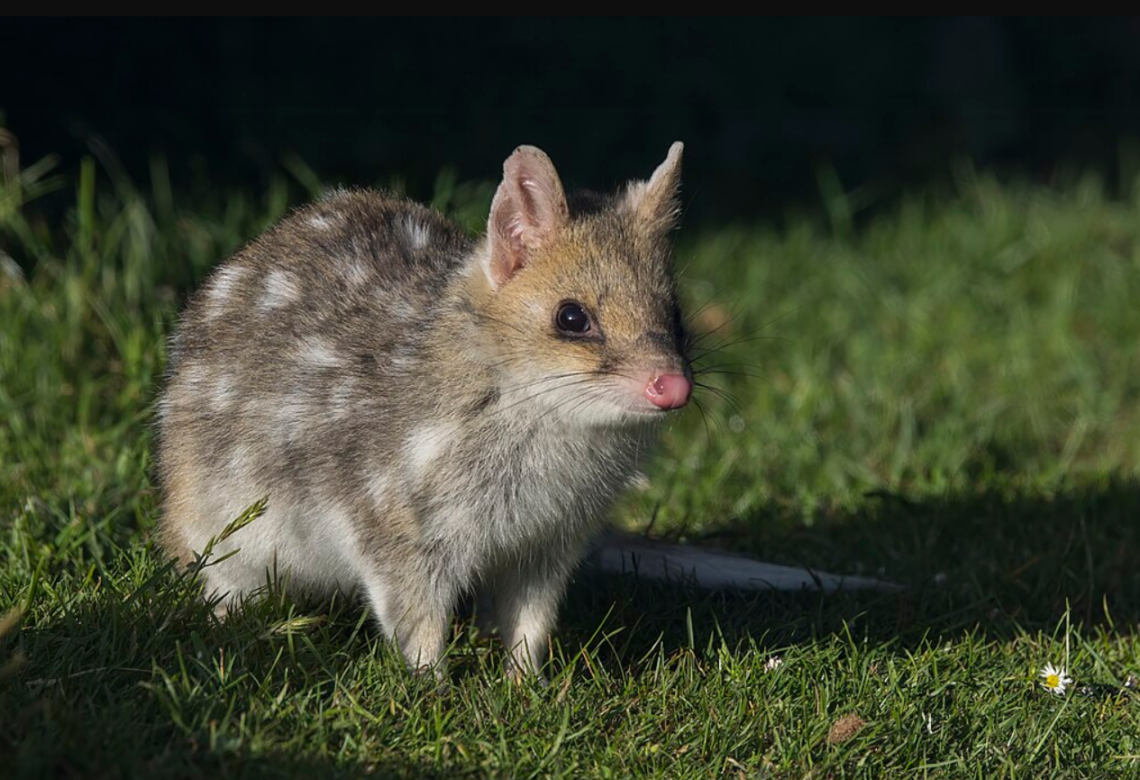WITH human beings at the focus of all development, conversation about conservation rarely takes centre stage. One consequence of this tunnel vision, is that ecosystems crumble and animals go extinct. The urgent need to protect our bees is just one example.
The International Union for Conservation of Nature (IUCN) releases a Red List of threatened species every year of extinct (849), extinct in the wild (68), critically endangered (5,157) and vulnerable (11,137) species around the world. Seeing as how Earth lost half its wildlife in 40 years, these are essential numbers to watch.
But this list is constantly changing. In wildlife parks like Yellowstone, reintroducing wolves saved the entire ecosystem from collapse. Scientists working in these areas help make these crucial interventions and look for new, rare, and endangered species.
On some lucky days, they make ‘rediscoveries’, spotting species that were long believed to be extinct. So here are some animals that were once declared extinct, but we’re happy report they actually aren’t!
The Eastern Quoll
These little fur balls look like a mix between a cat and a rat, replete with a cute pink snout. They were often found in forests and woodlands in south-eastern Australia but were eradicated with the introduction of red foxes into their habitat.
Now, the combined efforts Office of Environment and Heritage and the Australian Museum have led to a sighting of one of the first eastern quolls on the Australian continent since 1963!
Kashmir Musk Deer
The elegant Kashmir musk deer shares a resemblance with the Himalayan musk deer and were often reported spotted in anecdotes from the 1940s and 1970s. After this period, it was assumed that they were extremely rare or extinct.
In 2008, surveys in mountainous regions of Afghanistan revealed that many residents had seen and even hunted the elusive deer in recent times. This could be because of the high value of the deer’s meat and musk gland trade. But on the bright side, they’re still around, and we can now work to make sure things stay that way!
Jerdon’s Tree Frog
The Jerdon’s Tree Frog is rare, beautiful, golden-coloured and small. Scientists feared that the frog, which was last spotted in the 1870s was extinct – until 2016. Working in remote areas of Meghalaya, they tracked the frog down in hollow bamboo stems and tree holes.
One unique thing they observed was the frogs’ breeding behaviour. The females lay unfertilised eggs in pools of water, which tadpoles then eat until they grow into froglets – tadpoles of other frog species eat plant material!
Coelacanth
Often referred to as ‘the living fossil’ the coelacanth species of fish are some of the oldest that have been traced back, having evolved to their current form close to 360 million years ago. This slightly scary looking fish gives us glimpse into the underwater worlds of yore
Pinocchio Lizard
Like Pinocchio, the lizard has a long, proboscis-like snout that reminds you of a mini gharial. Ecuadorian scientists presumed this colourful lizard extinct when they couldn’t register sightings of it for close to 40 years, after just one vague report in 1953.
In August 2009, a expedition from the University of New Mexico rediscovered the species in a remote region of Ecuador, but is now marked endangered. It dons different colourful avatars, from yellowish-green to brown with orange with black markings and a white belly.
Power of Science
If it wasn’t for conservationists and scientists, we wouldn’t know about half these amazing species. But scientists say that research on reviving species is well underway, and de-extinction for many animals is now a matter of “when,” not “if.” Exciting times ahead!
To support fundraisers that work toward the conservation of endangered animals:
–
Give’s mission is to “make giving bigger and better.” Give is the most trusted donation platform in India for fundraisers and crowdfunding campaigns. Through our technology solutions, we enable individuals and organisations to fundraise and donate to a cause, charity or NGO with trust and convenience. Give’s community of 2.7M+ individual donors and 300+ organisations supports 3,000+ verified nonprofits with 80G deduction and serves 15M+ people across India. Find a fundraiser today!

Give exists to alleviate poverty by enabling the world to give. Established in 2000, Give, together with its partners, is the largest and most trusted giving platform in India. Give enables individuals and organizations to raise and donate funds conveniently to any cause they care about, with offerings including crowdfunding, corporate giving, cause marketing, and philanthropy consulting. Give’s community of 2.6M+ donors supports 3,000+ verified nonprofits, serving 15M+ people across the country.
Discover more from
Subscribe to get the latest posts sent to your email.

